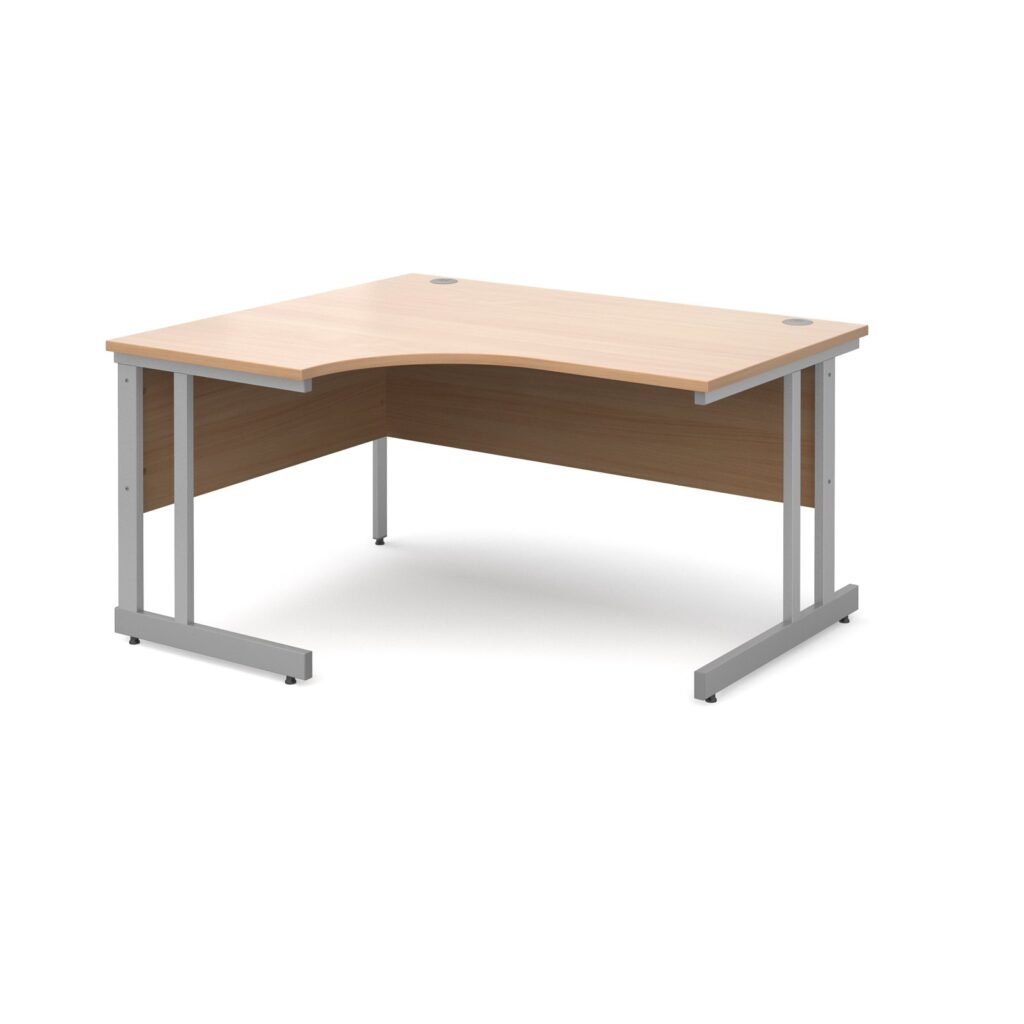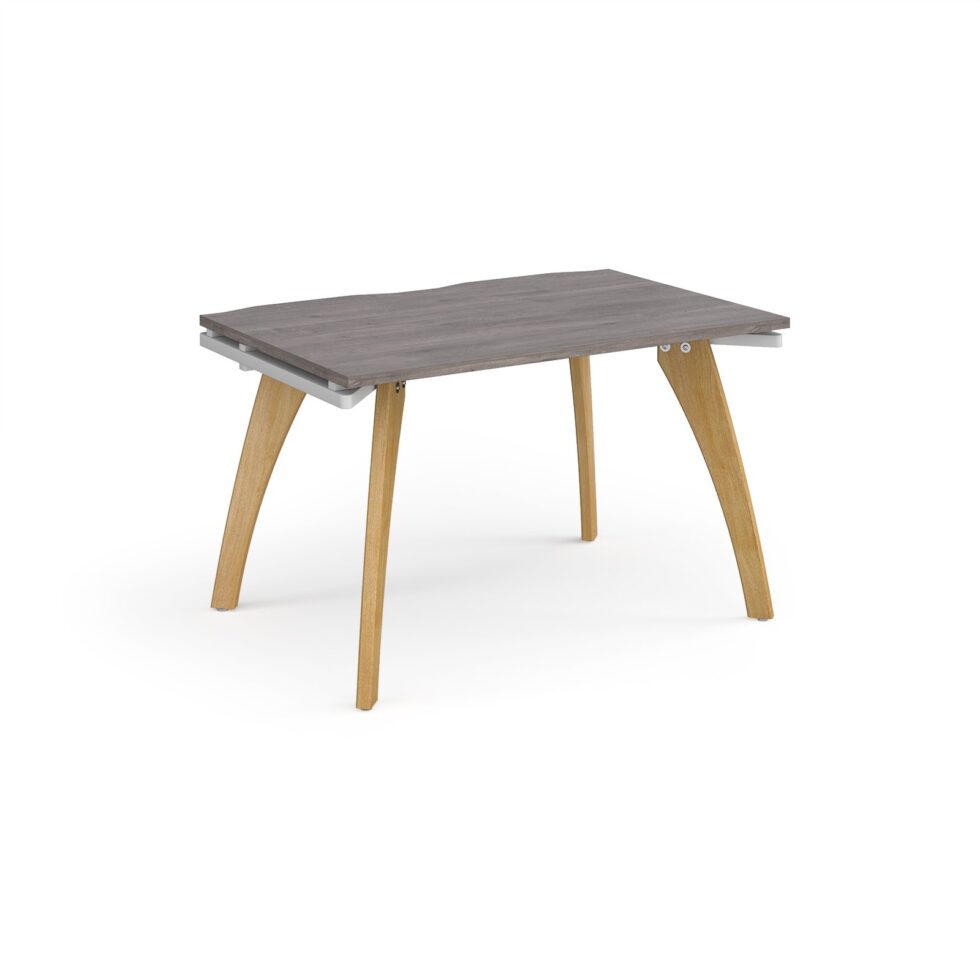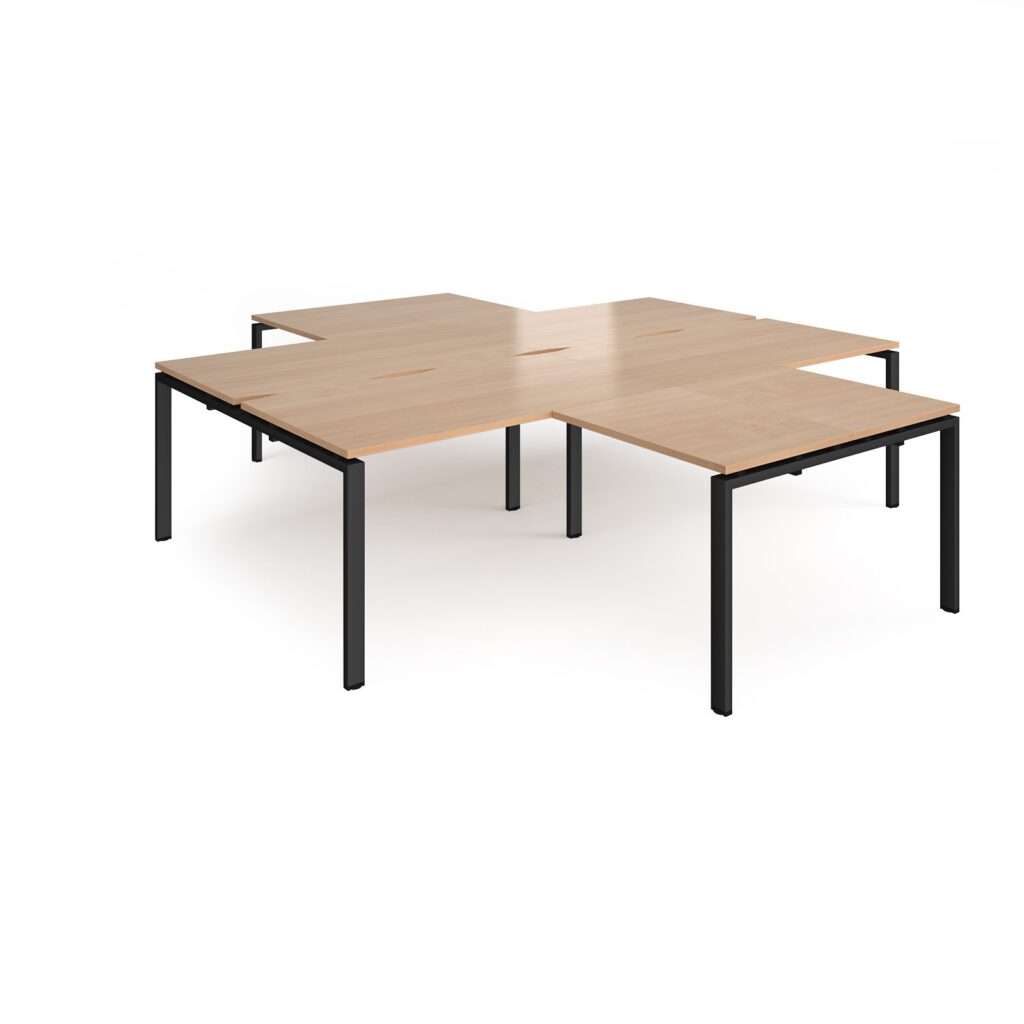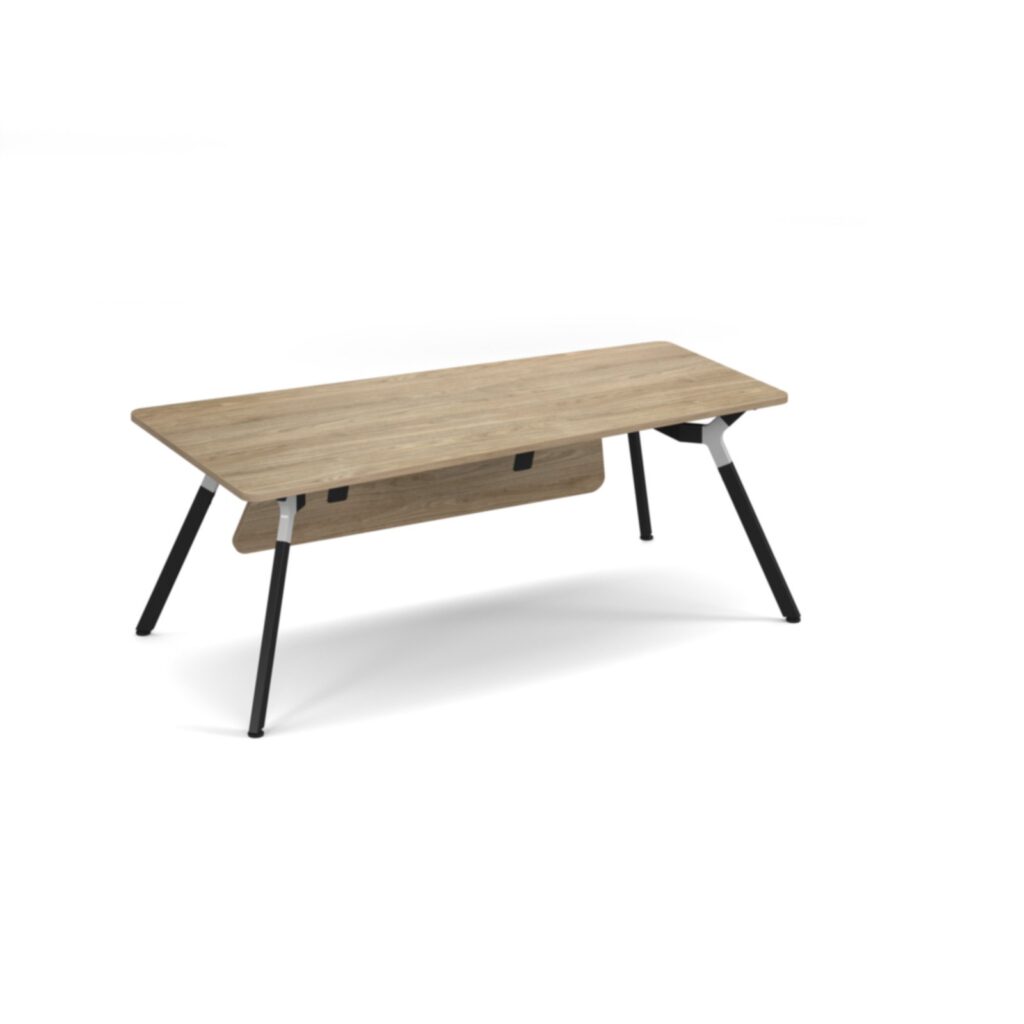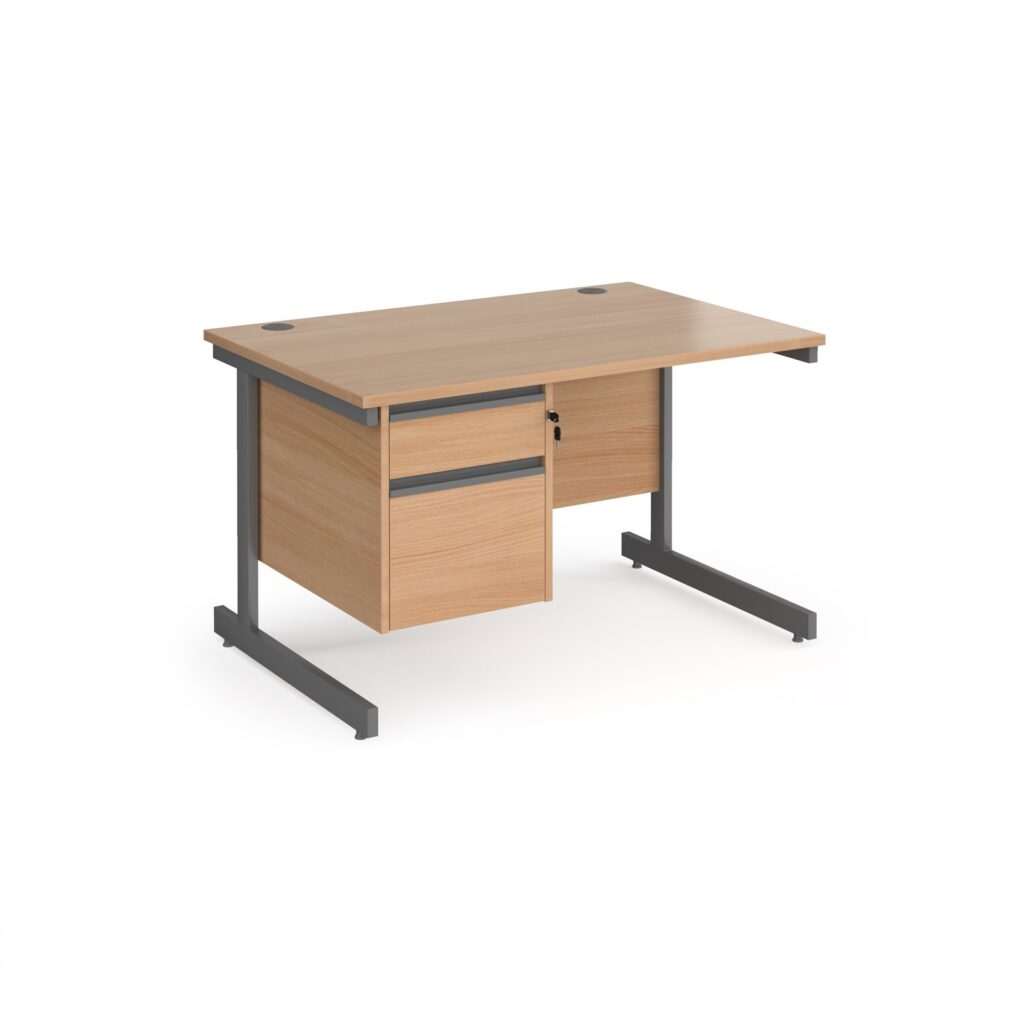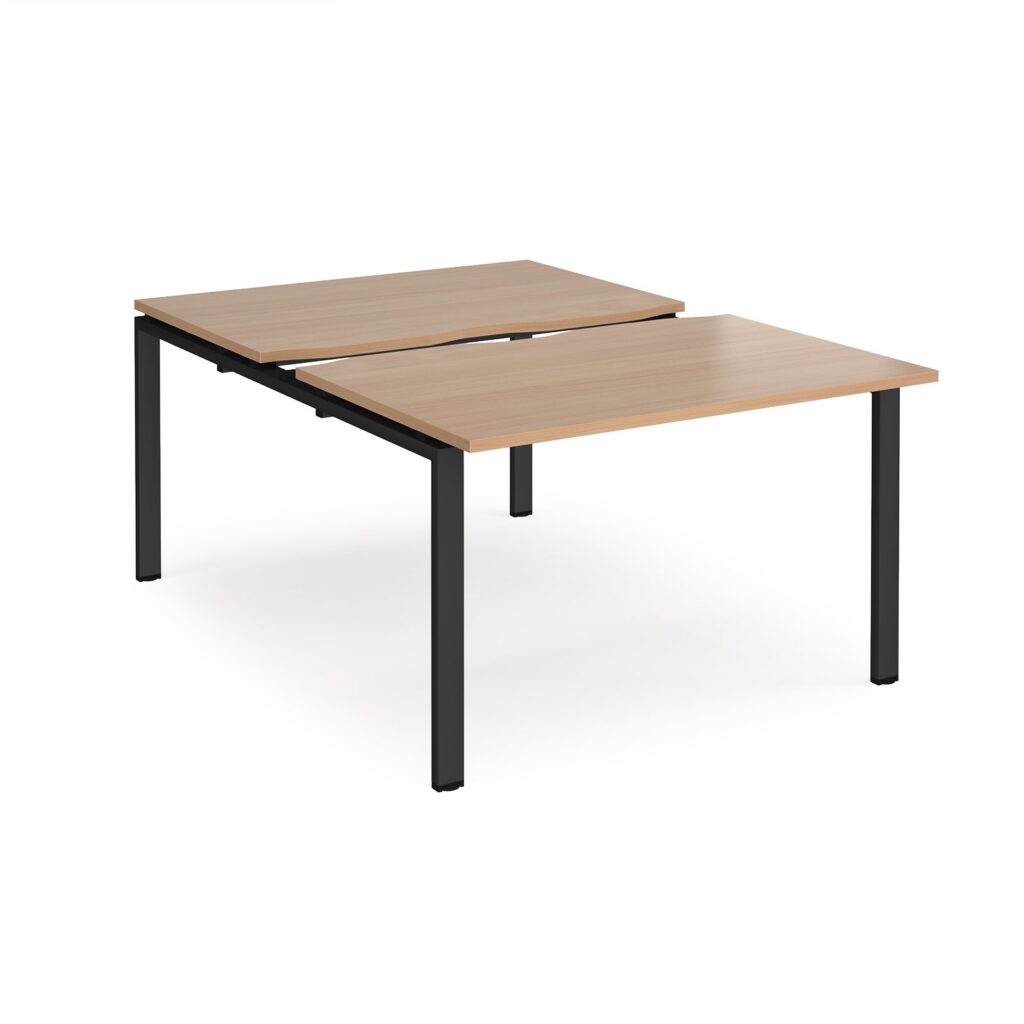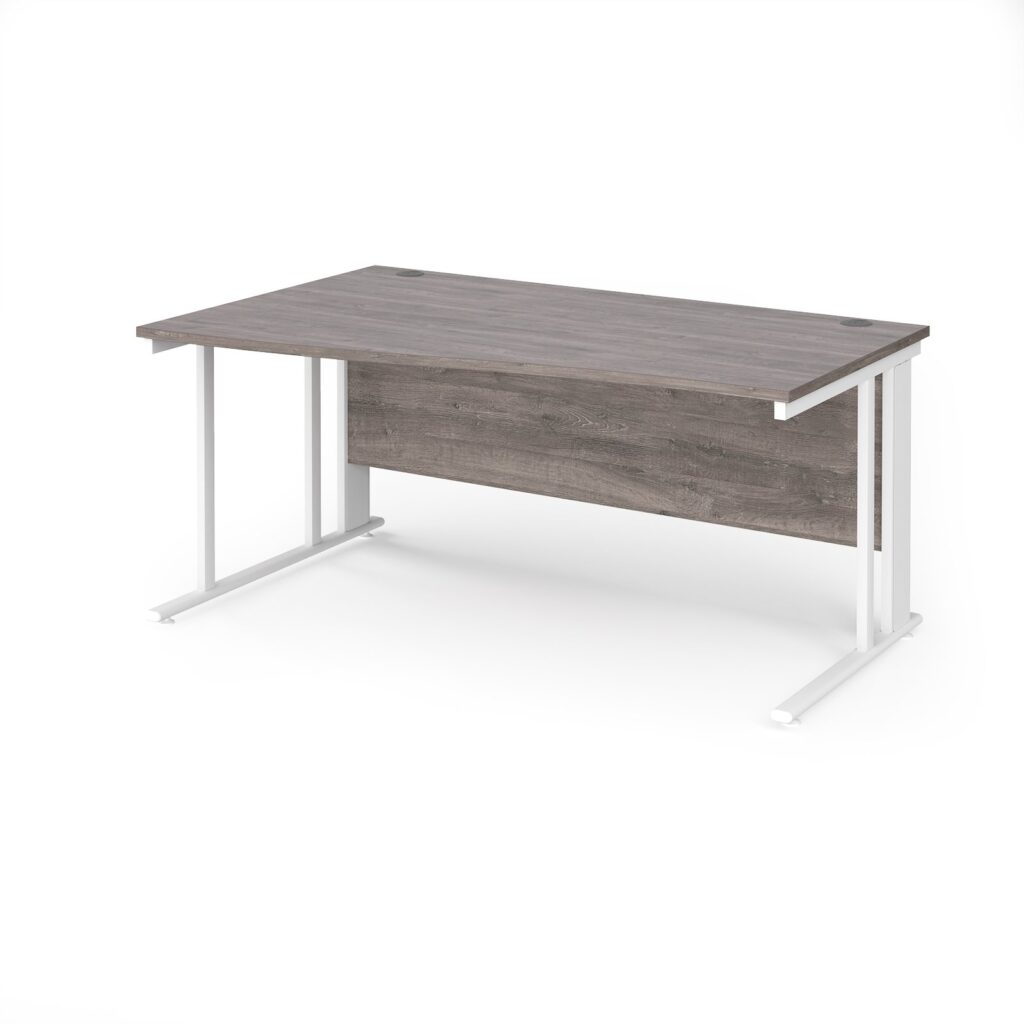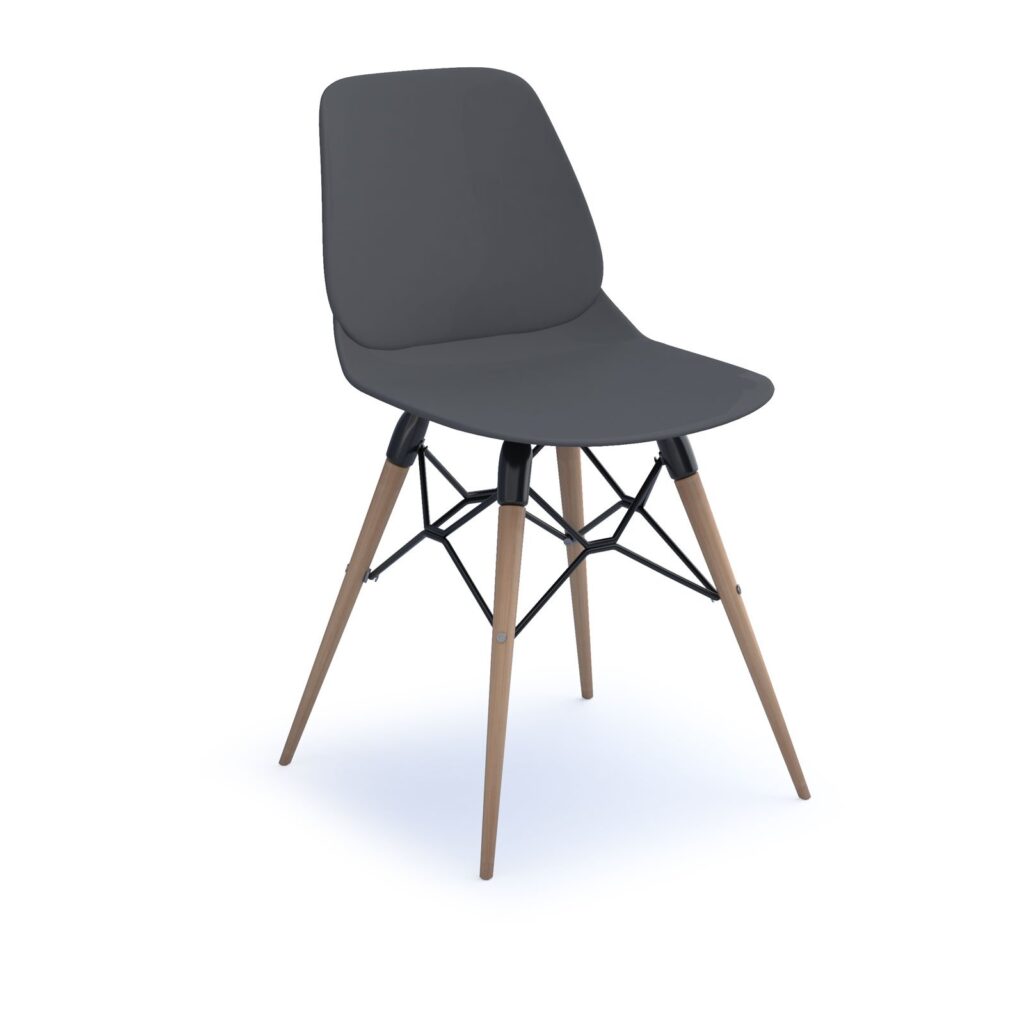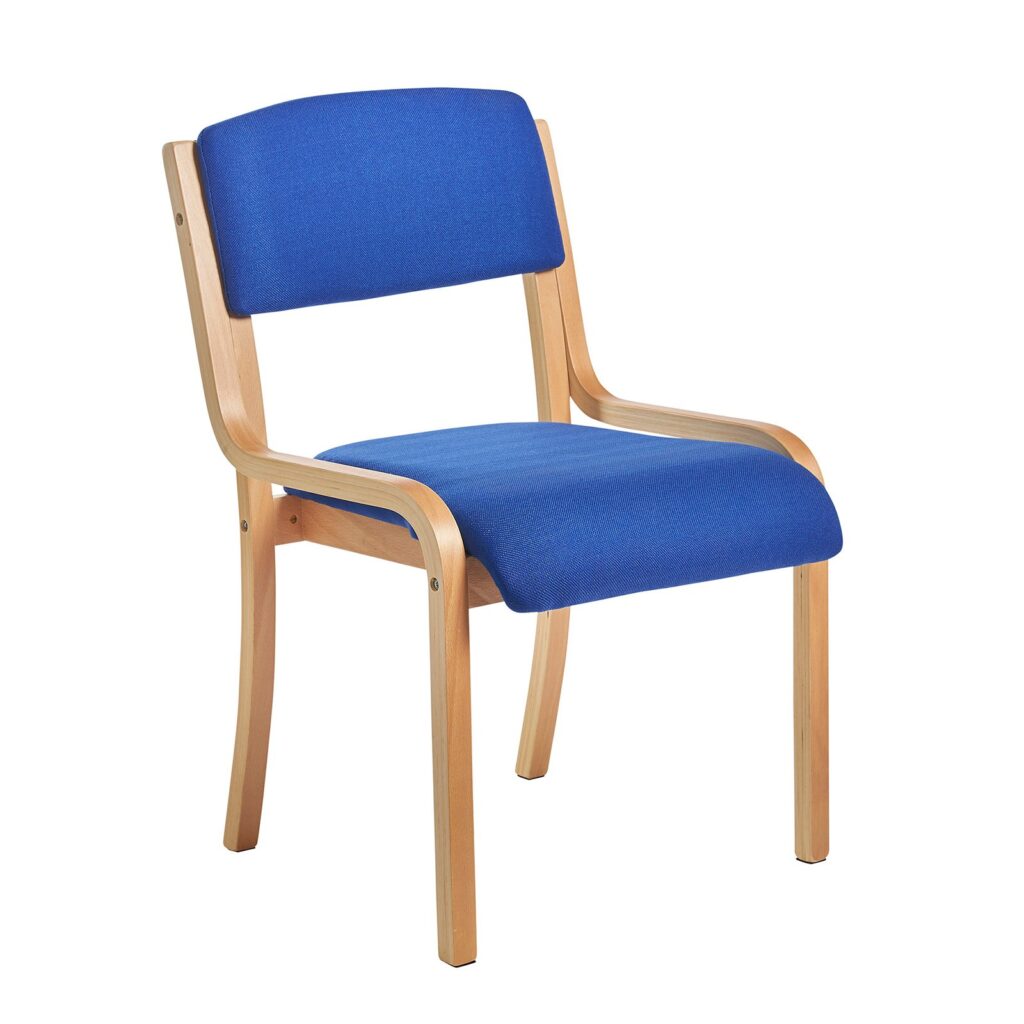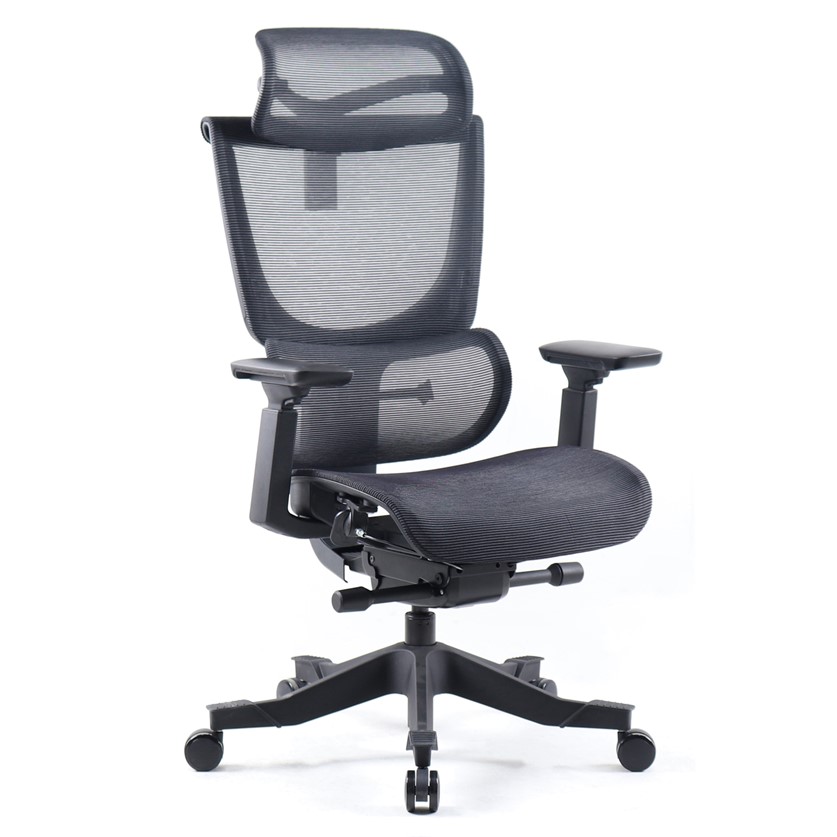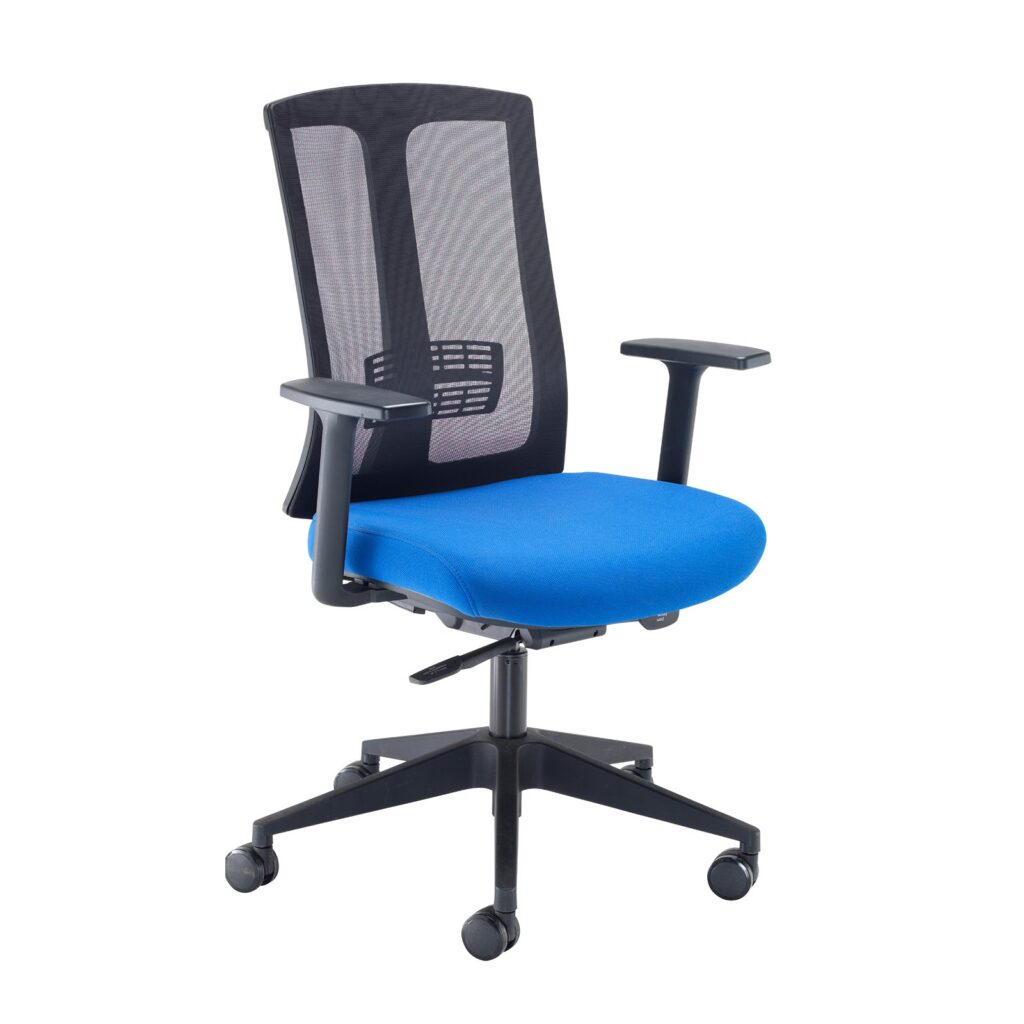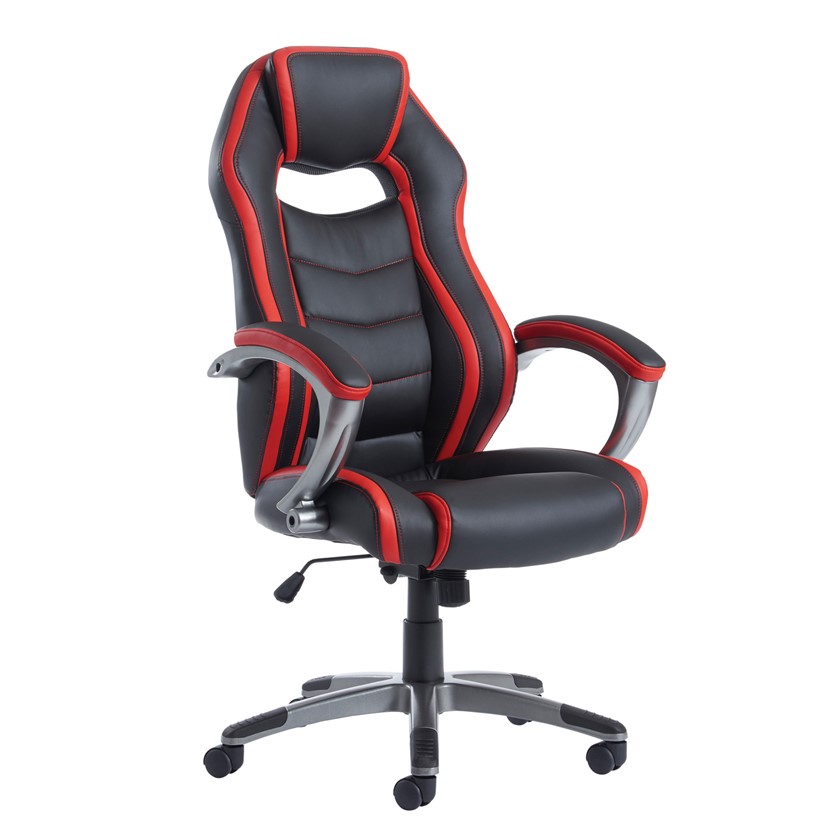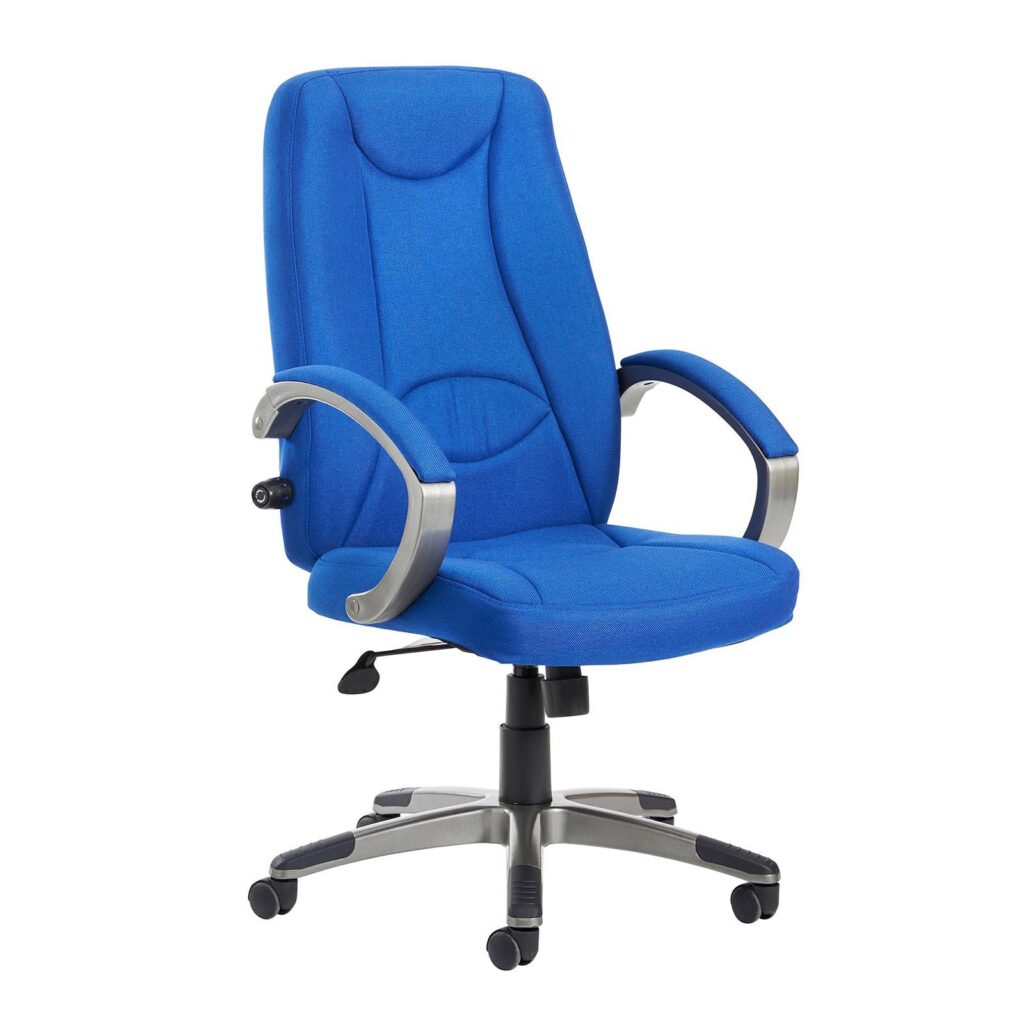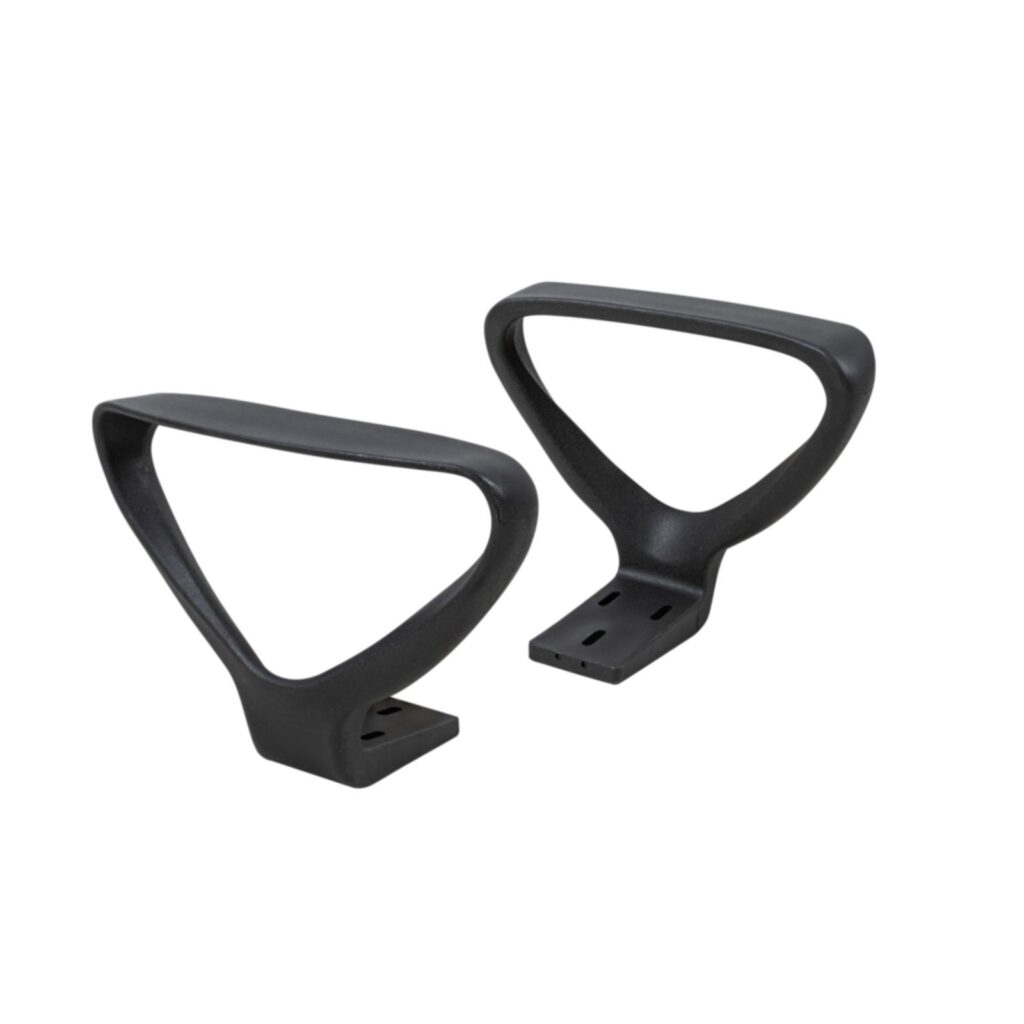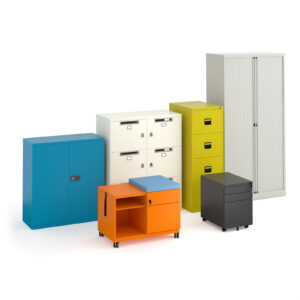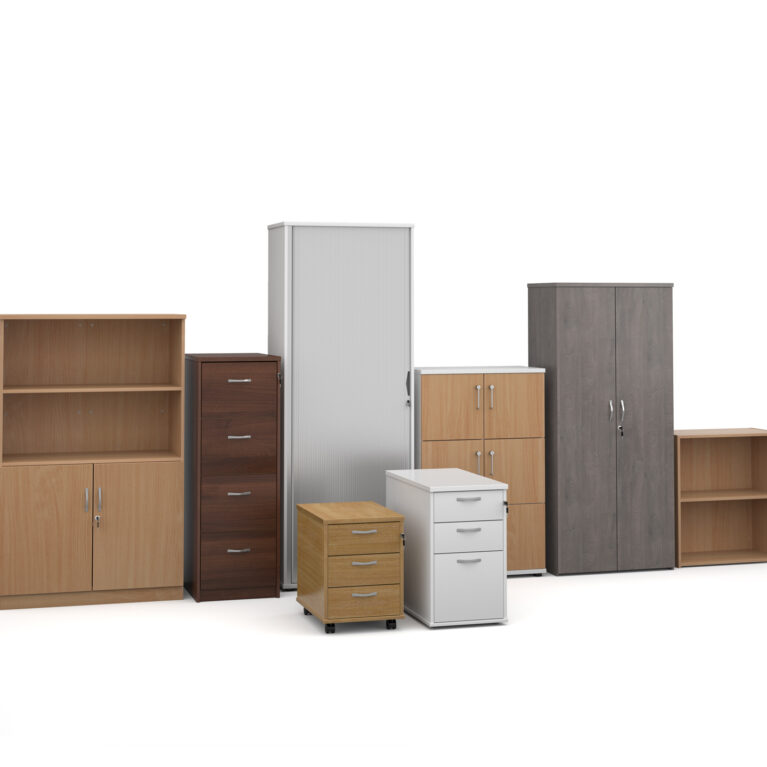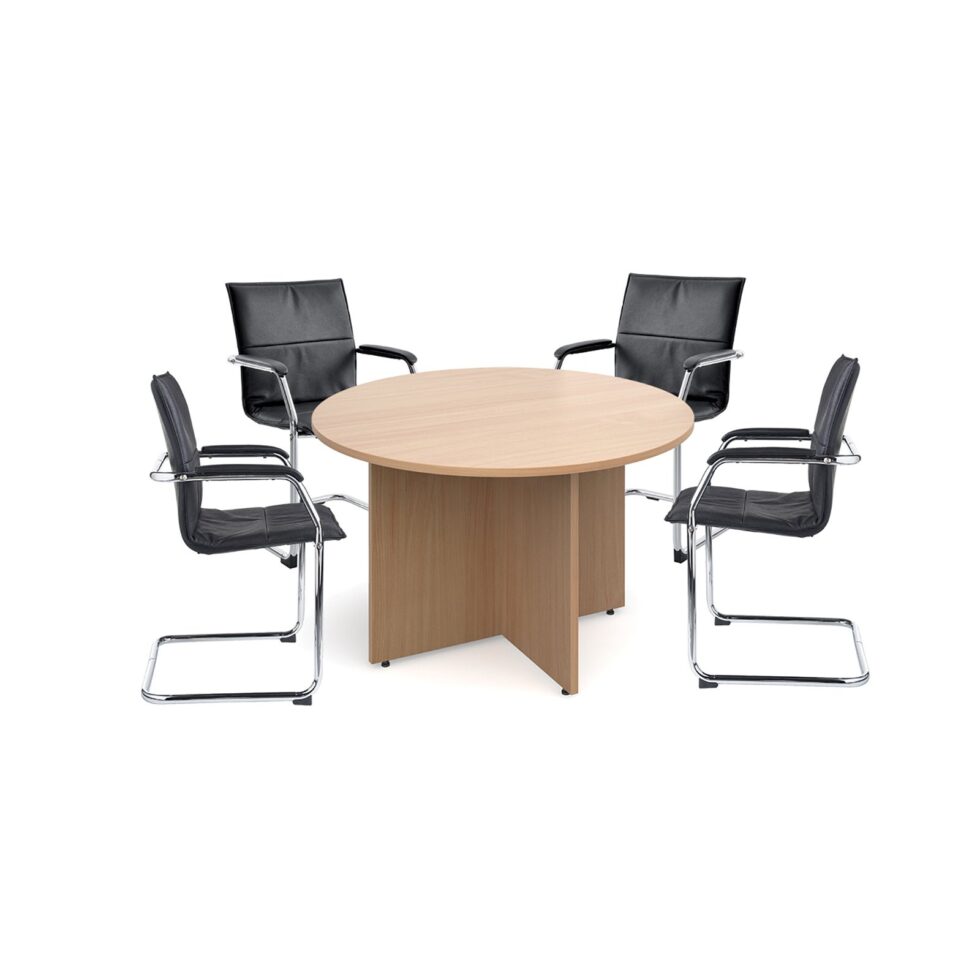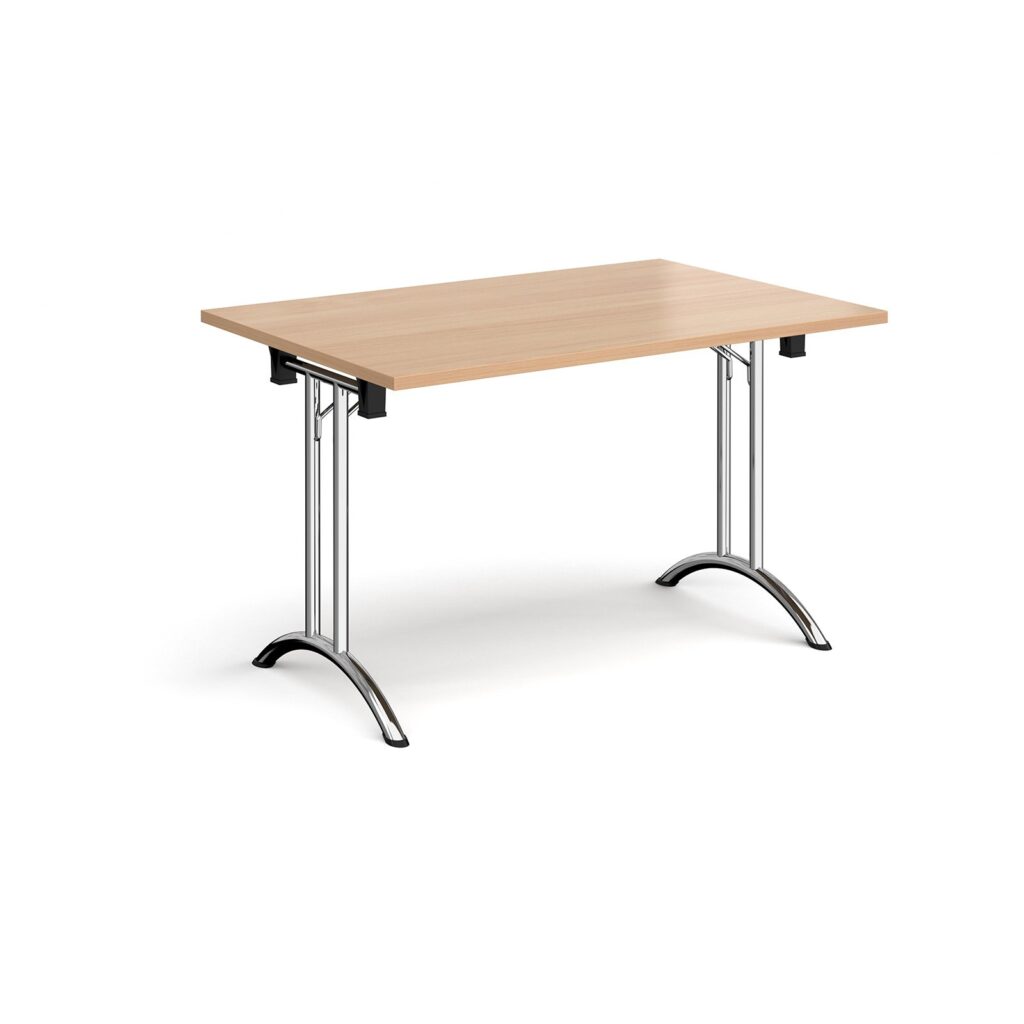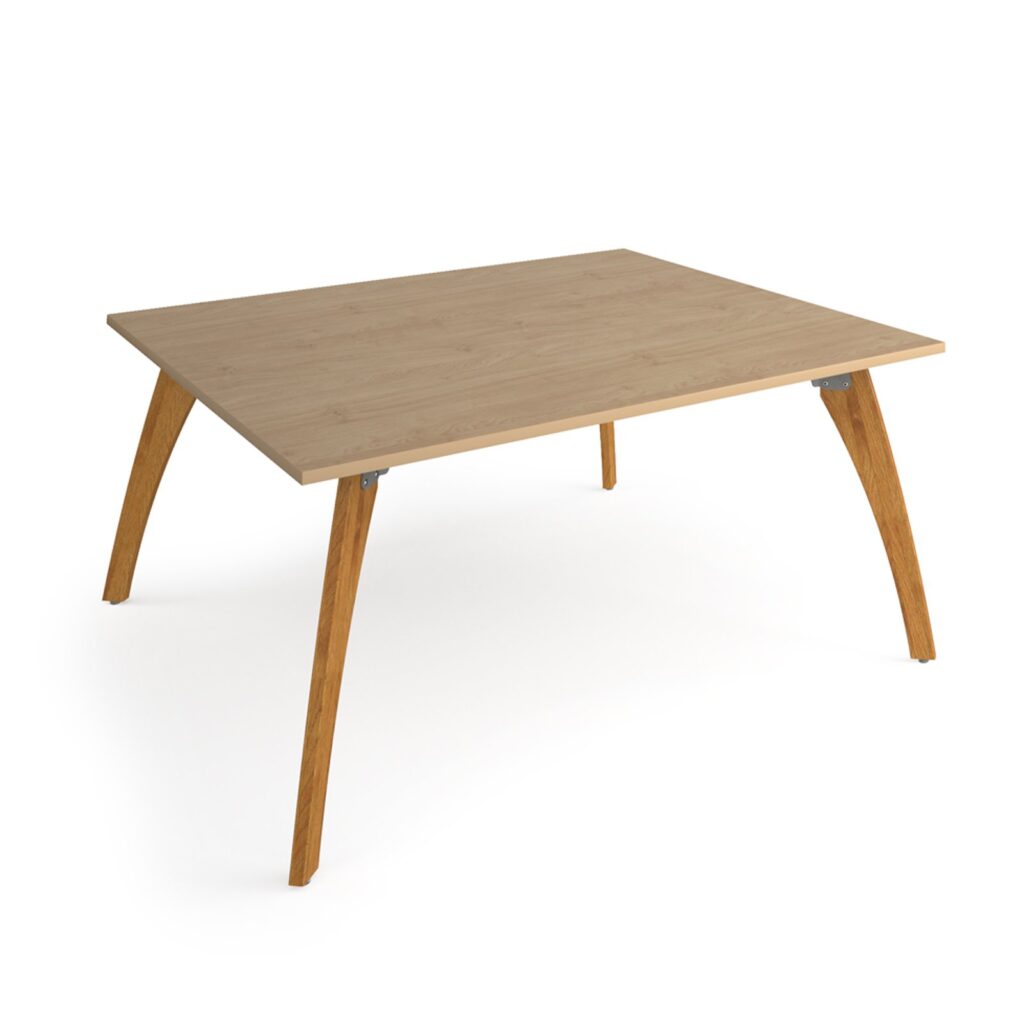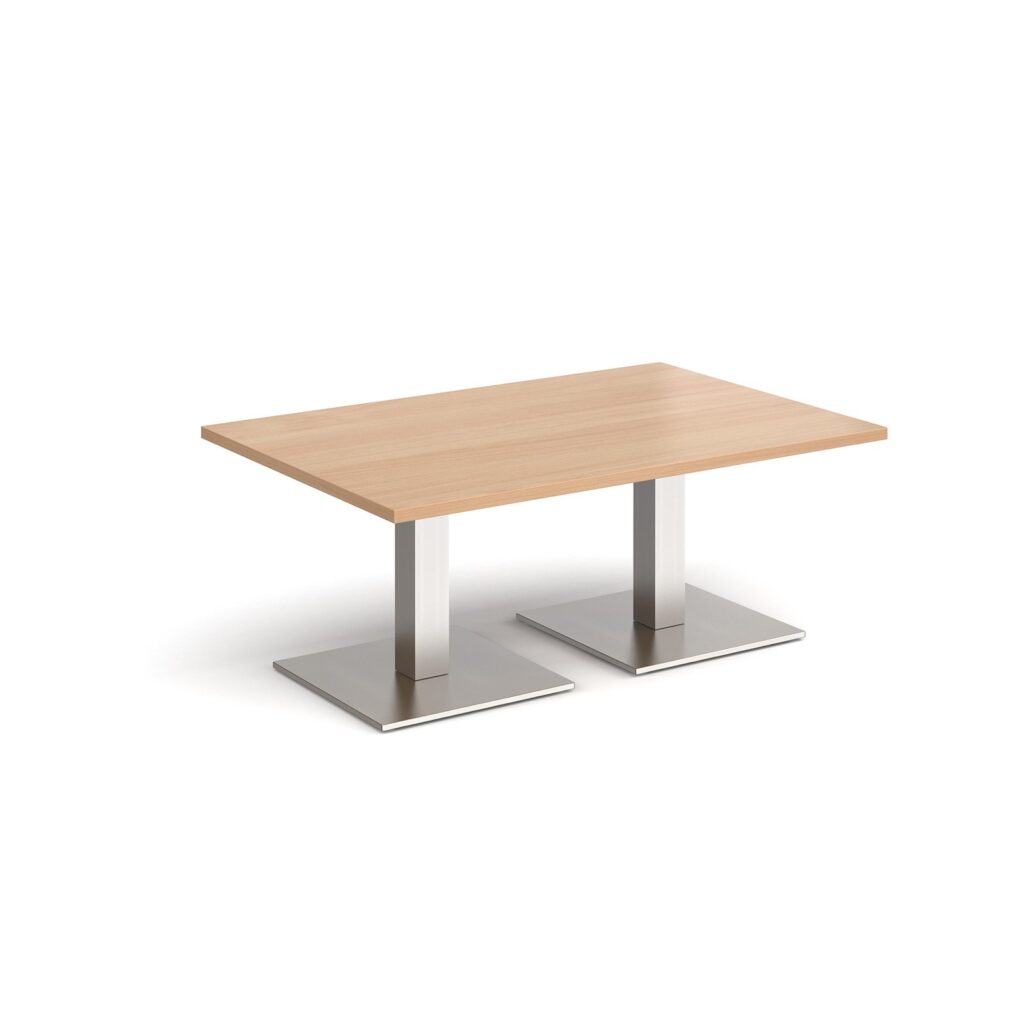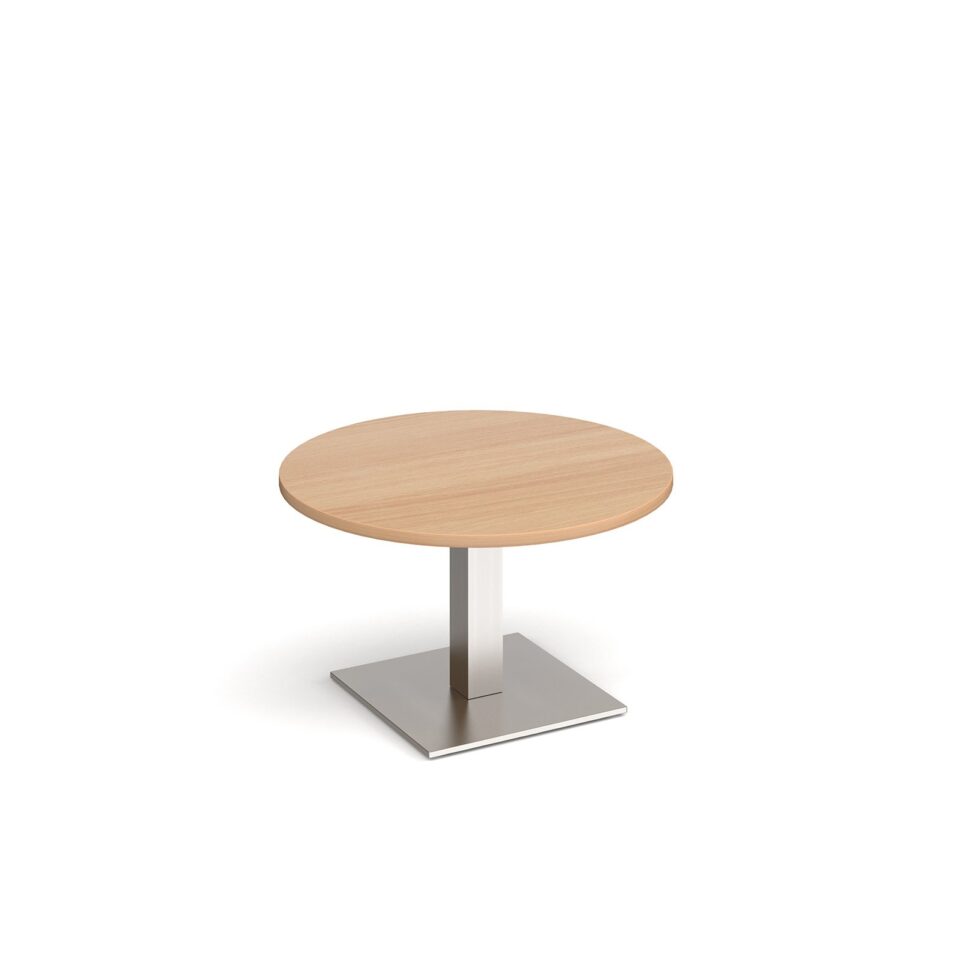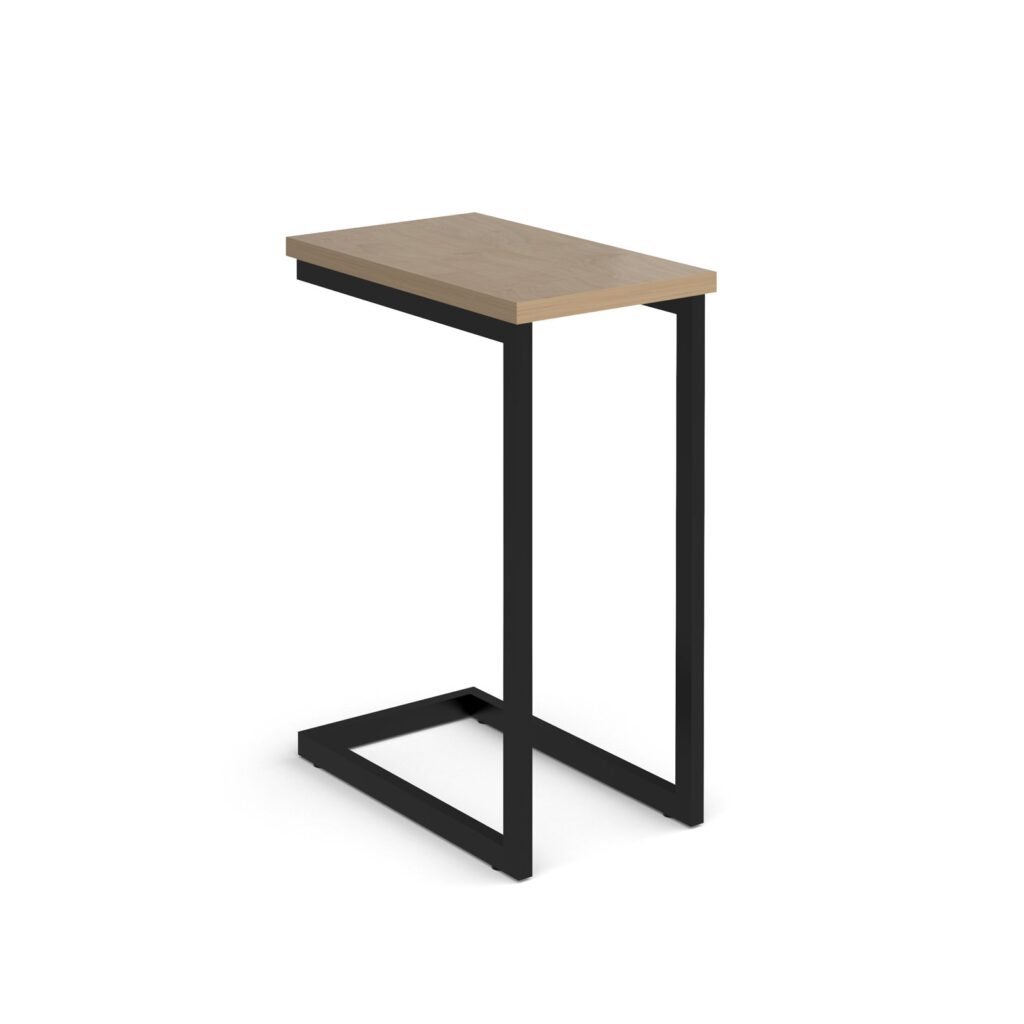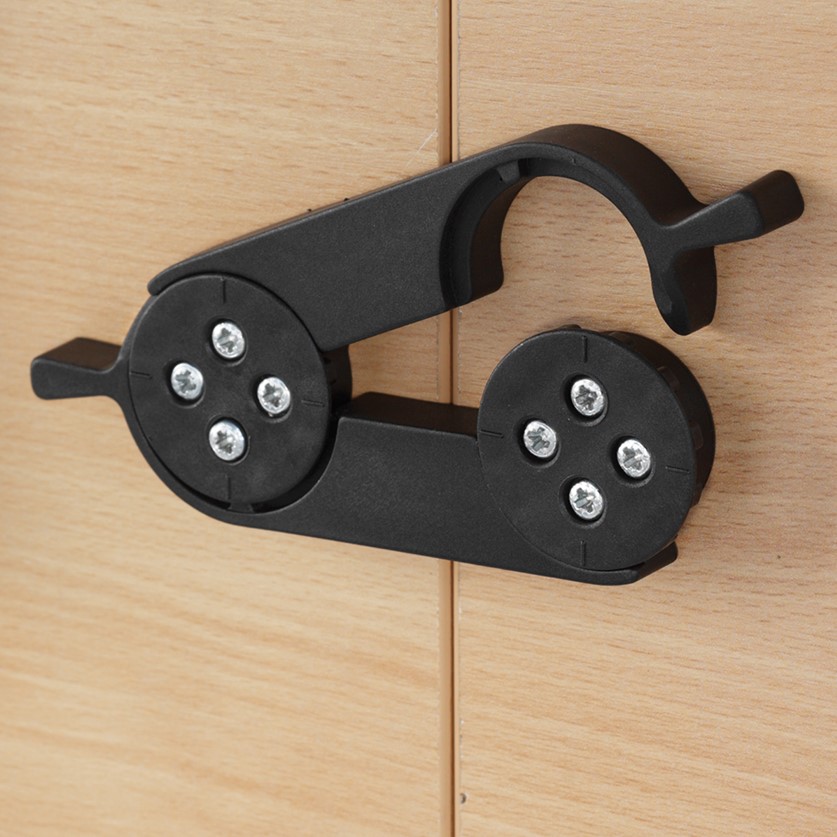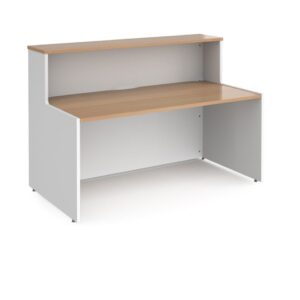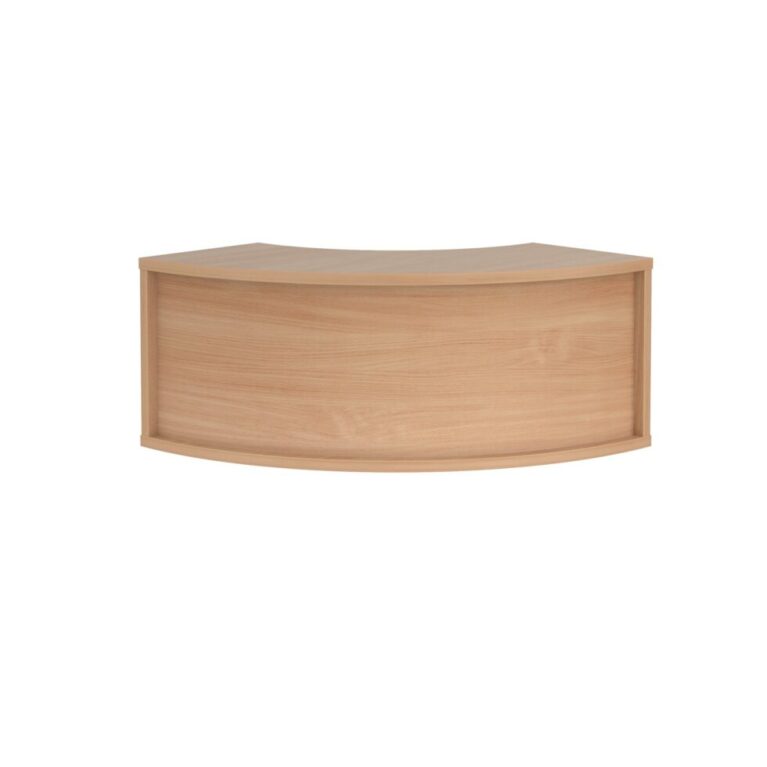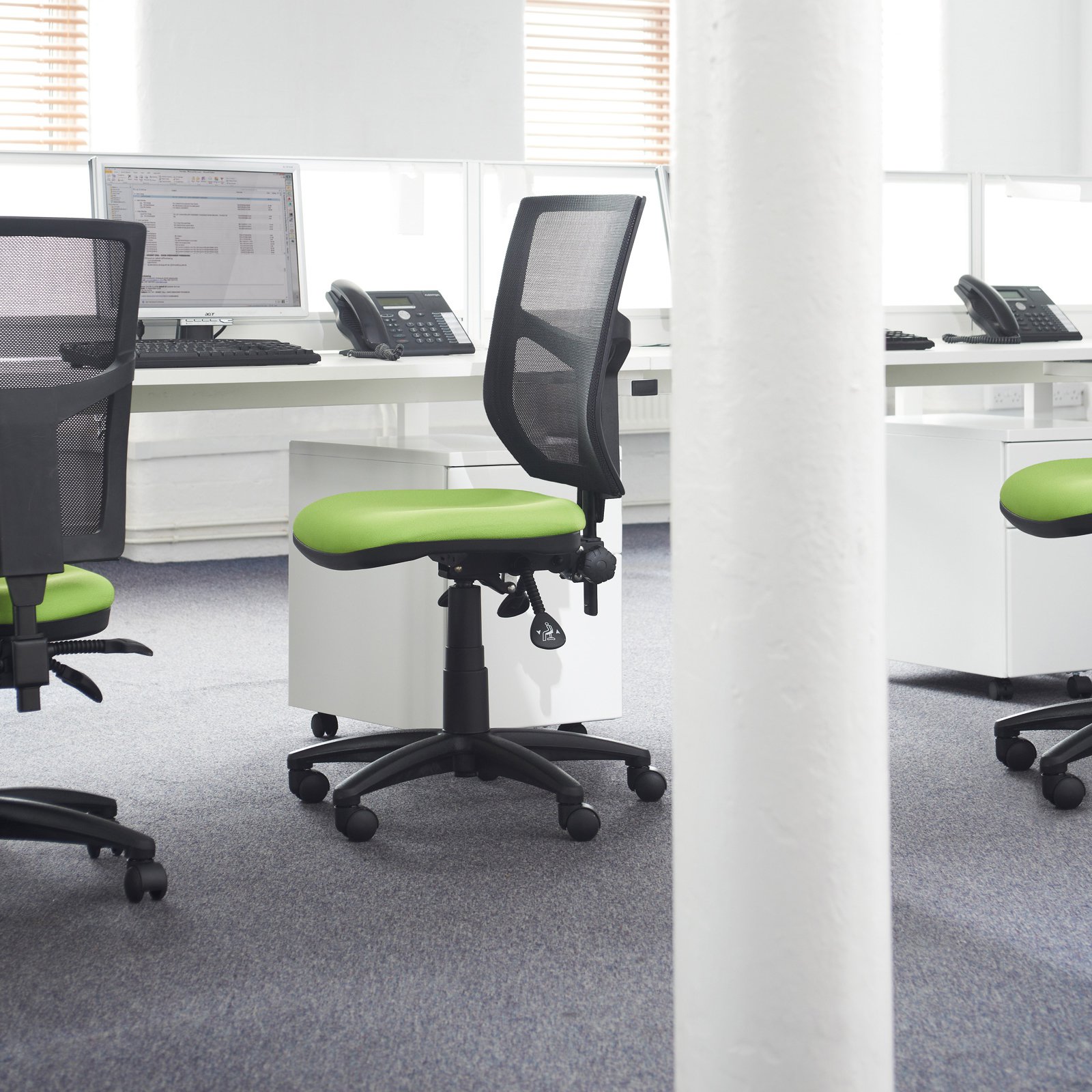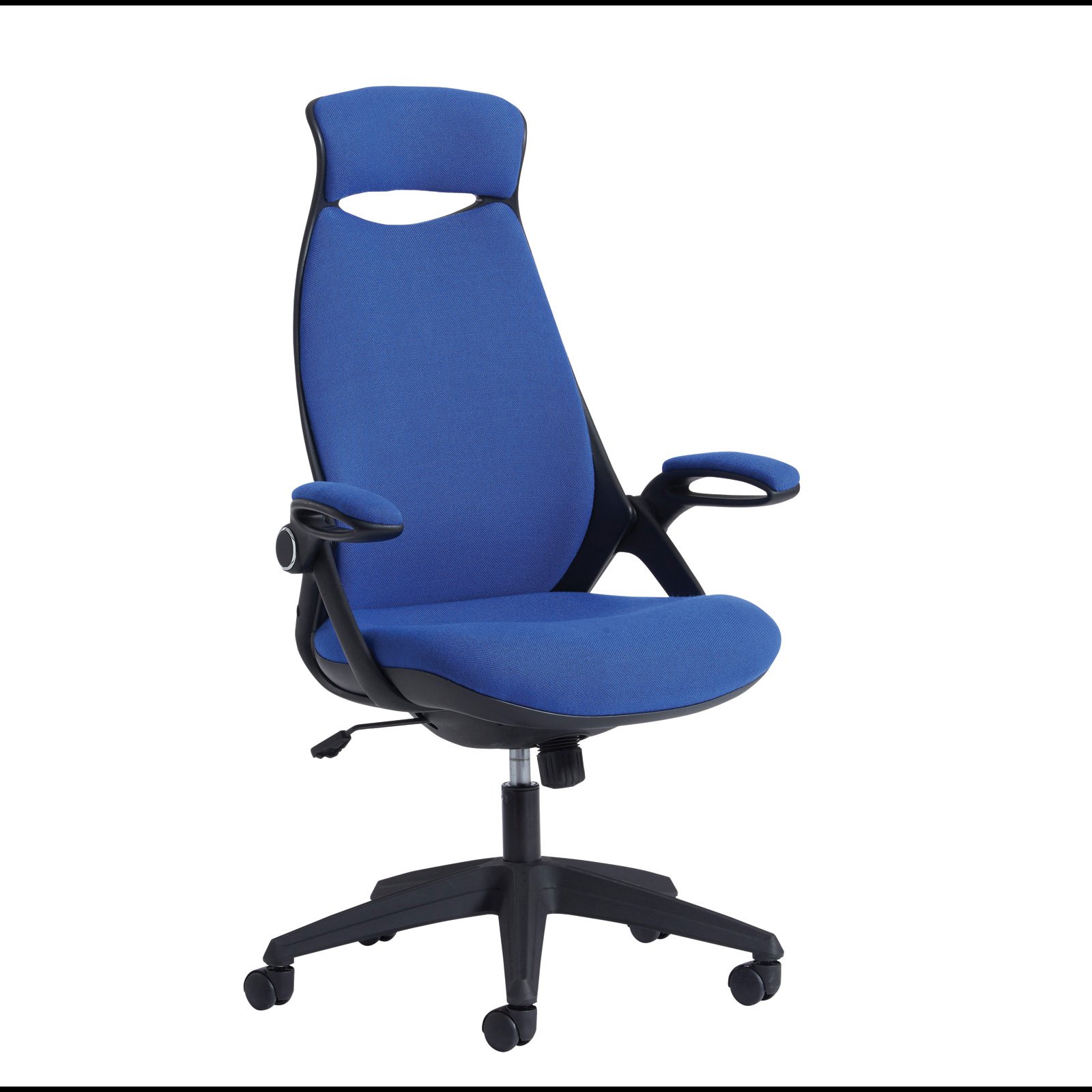Features to consider when buying an ergonomic chair: Enhanced Comfort and Productivity
Investing in an ergonomic chair is a crucial decision for anyone spending extended hours at a desk. With a myriad of options available, selecting the right ergonomic chair involves considering various features that can significantly impact comfort, posture, and overall well-being. Understanding these key features will guide you toward choosing the perfect ergonomic chair tailored to your specific needs.
Adjustable Seat Height:
A fundamental feature of ergonomic chairs is the ability to adjust seat height. This feature allows users to position their feet flat on the floor, maintaining proper posture and reducing strain on the lower back. Ensure the chair's height range accommodates your desk setup and enables a comfortable sitting position.
Lumbar Support:
Effective lumbar support is crucial for maintaining the natural curve of the spine. Look for chairs with adjustable lumbar support to provide optimal comfort and prevent slouching. Properly supporting the lower back reduces pressure on the spine and minimizes discomfort during prolonged sitting.
Seat Depth and Width:
Ergonomic chairs with adjustable seat depth and width ensure proper weight distribution and support for varying body sizes. A seat that's too deep or narrow may cause discomfort or restrict blood circulation. Choose a chair that allows you to comfortably sit with your back against the backrest while leaving a few inches between the edge of the seat and your knees.
Armrests:
Opt for chairs with adjustable armrests that allow for customization according to your arm length and desk height. Adjustable armrests that align with your desk height can prevent shoulder and neck strain, promoting a more relaxed and natural sitting position.
Material and Padding:
Consider the chair's material and padding for both comfort and durability. Breathable materials like mesh or fabrics with adequate cushioning provide comfort while ensuring proper airflow to prevent sweating during long hours of sitting.
Reclining and Tilt Mechanism:
A reclining or tilt mechanism in an ergonomic chair enables dynamic movement, promoting better blood circulation and reducing pressure on the spine. Chairs with a recline feature and a locking mechanism offer flexibility for changing postures throughout the day.
Stability and Mobility:
Ensure the chair has a stable base with smooth-rolling casters suitable for your flooring type. Stability prevents tipping, while casters designed for your floor surface allow easy and smooth movement, reducing strain when reaching for items on your desk.
Suggestions from our experitse
Become a member and receive flashing deals first!
Subscribe
Enter your E-mail address to become a member and get 5% discount!

